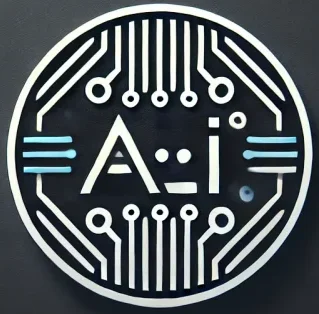### Unleashing Creativity with Generative AI: The Future of Content Creation
In the vast and ever-evolving landscape of artificial intelligence, one trend that stands out for its profound potential to transform industries is Generative AI. This technology is not just enhancing existing processes; it’s revolutionizing the way we think about and create content across various media, including text, images, music, and more. As we delve deeper into this topic, we’ll explore what Generative AI is, how it’s being used today, and what its surge means for professionals in creative fields.
#### What is Generative AI?
Generative AI refers to the subset of AI technologies capable of generating new content, from realistic images and original music compositions to complex written narratives and code. These systems learn from vast datasets to produce outputs that can sometimes be indistinguishable from content created by humans. Technologies like GANs (Generative Adversarial Networks) and transformers have been pivotal in achieving these advancements.
#### Transforming Content Creation
The implications of Generative AI for content creation are staggering. Here are a few key areas where it’s making an impact:
1. **Digital Art and Graphics**: AI tools like DALL-E, developed by OpenAI, can generate detailed images and art from textual descriptions, providing artists and designers with new tools to spark creativity and efficiency.
2. **Writing and Journalism**: AI-driven writing assistants are increasingly sophisticated, capable of producing everything from marketing copy to poetry. Tools such as ChatGPT can help writers with brainstorming, editing, and even writing complete drafts, streamlining the creative process.
3. **Film and Animation**: Generative AI is starting to script narratives and create lifelike animations, reducing the time and cost associated with these productions. This technology can generate realistic characters and settings, providing filmmakers with an array of creative choices at a fraction of the traditional cost.
4. **Music Production**: AI systems can now compose music, generate soothing soundscapes, or even create entire albums. These tools analyze extensive music data to understand patterns and styles, enabling them to produce new compositions that resonate with human emotions.
#### The Benefits of Generative AI
– **Enhanced Creativity**: By automating aspects of the creative process, AI allows artists and creators to focus on innovation and experimentation.
– **Increased Efficiency**: Generative AI can significantly reduce the time it takes to produce content, from initial concept to final product.
– **Scalability**: Content can be created in larger quantities and across various formats, helping businesses expand their reach and engagement.
– **Personalization**: AI can tailor content to the preferences and behaviors of individual users, enhancing user experience and satisfaction.
#### Ethical Considerations and Challenges
With great power comes great responsibility, and Generative AI is no exception. As this technology advances, it raises significant ethical questions and challenges:
– **Authenticity and Originality**: Distinguishing between human and AI-generated content and preserving the value of originality in human-made works.
– **Copyright and Intellectual Property**: Addressing the complexities of copyright laws when AI generates content that might be similar to existing works.
– **Bias and Fairness**: Ensuring AI systems are trained on diverse datasets to avoid perpetuating biases.
– **Job Displacement**: Mitigating the impact on jobs in creative fields and ensuring a fair transition for affected professionals.
#### Looking Ahead
As we continue to integrate AI into our creative processes, it’s crucial for industry leaders, policymakers, and creators to collaborate to harness this technology’s potential responsibly and ethically. Training programs and educational initiatives will also play a vital role in preparing the workforce for the changes brought by AI.
Generative AI is not just a tool of the future; it’s a dynamic force already shaping the present landscape of creative work. By staying informed and proactive, we can navigate the challenges and embrace the multitude of opportunities that Generative AI brings to the table.
In conclusion, as Generative AI continues to evolve, it promises to unlock new realms of creativity and redefine the boundaries of what is possible in content creation. For creative professionals and businesses, adapting to this trend is not just an option but a necessity in the journey towards innovation and competitive advantage.
